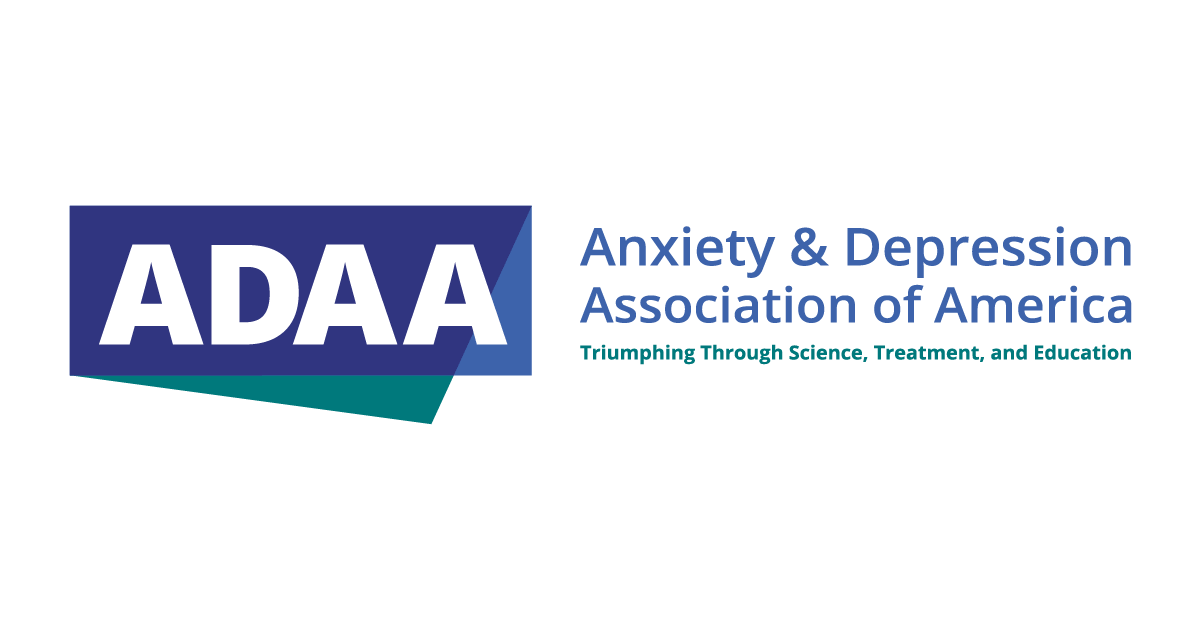Mental Health Support Group
The Mental Health Association of Franklin & Fulton Counties Mental Health Support Group is a free group ran by a Certified Peer Specialist. The group meets on a weekly basis on Tuesday nights from 6pm to 8pm at our office located at 144 South 8th Street Suite 111 Chambersburg, PA 17201. The group is an open group which means anybody can attend at any point in time. The group was created to help people with mental health challenges to have a safe space where they can discuss their concerns and general life. You don’t need a mental health diagnoses to attend.










